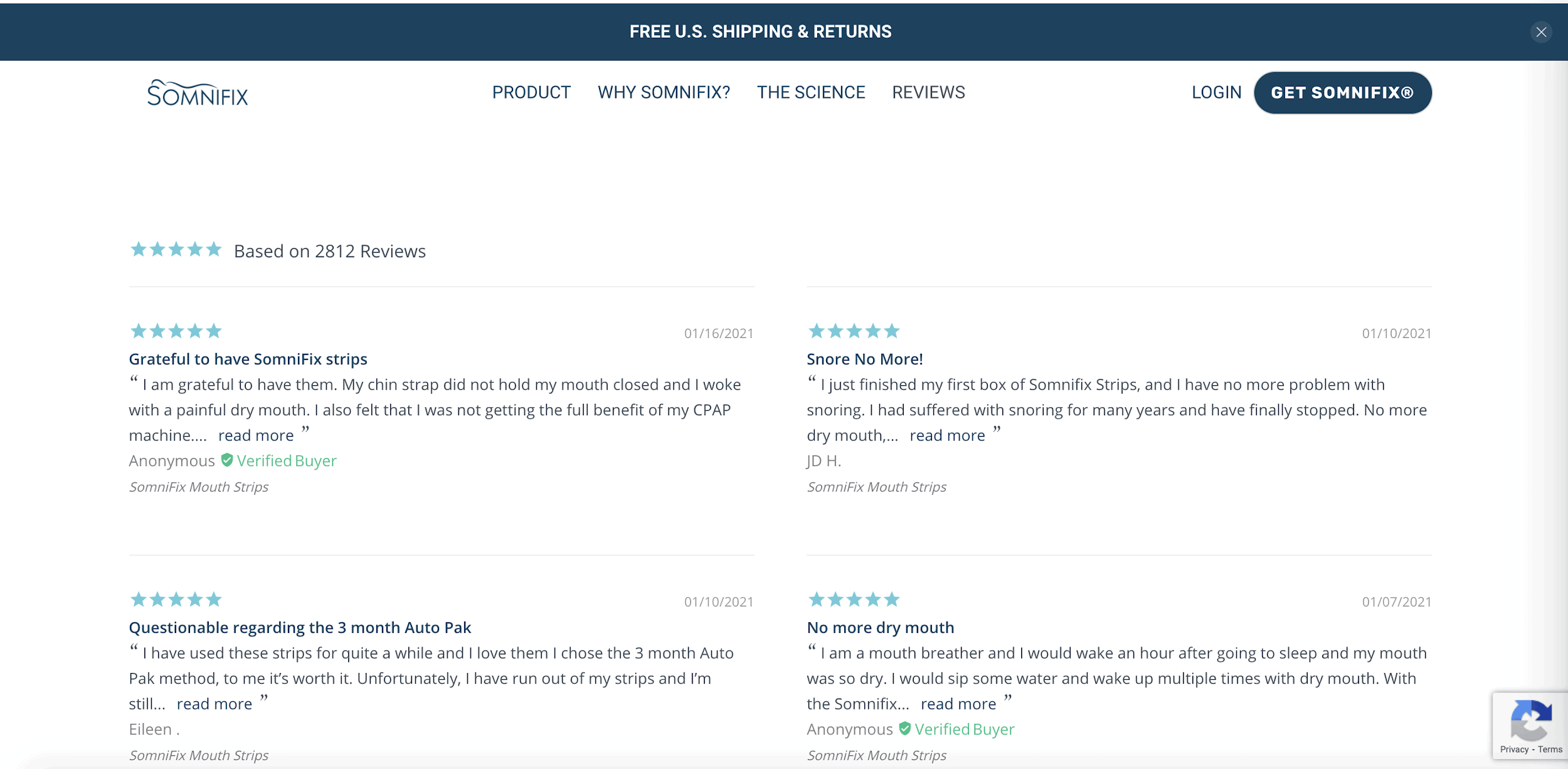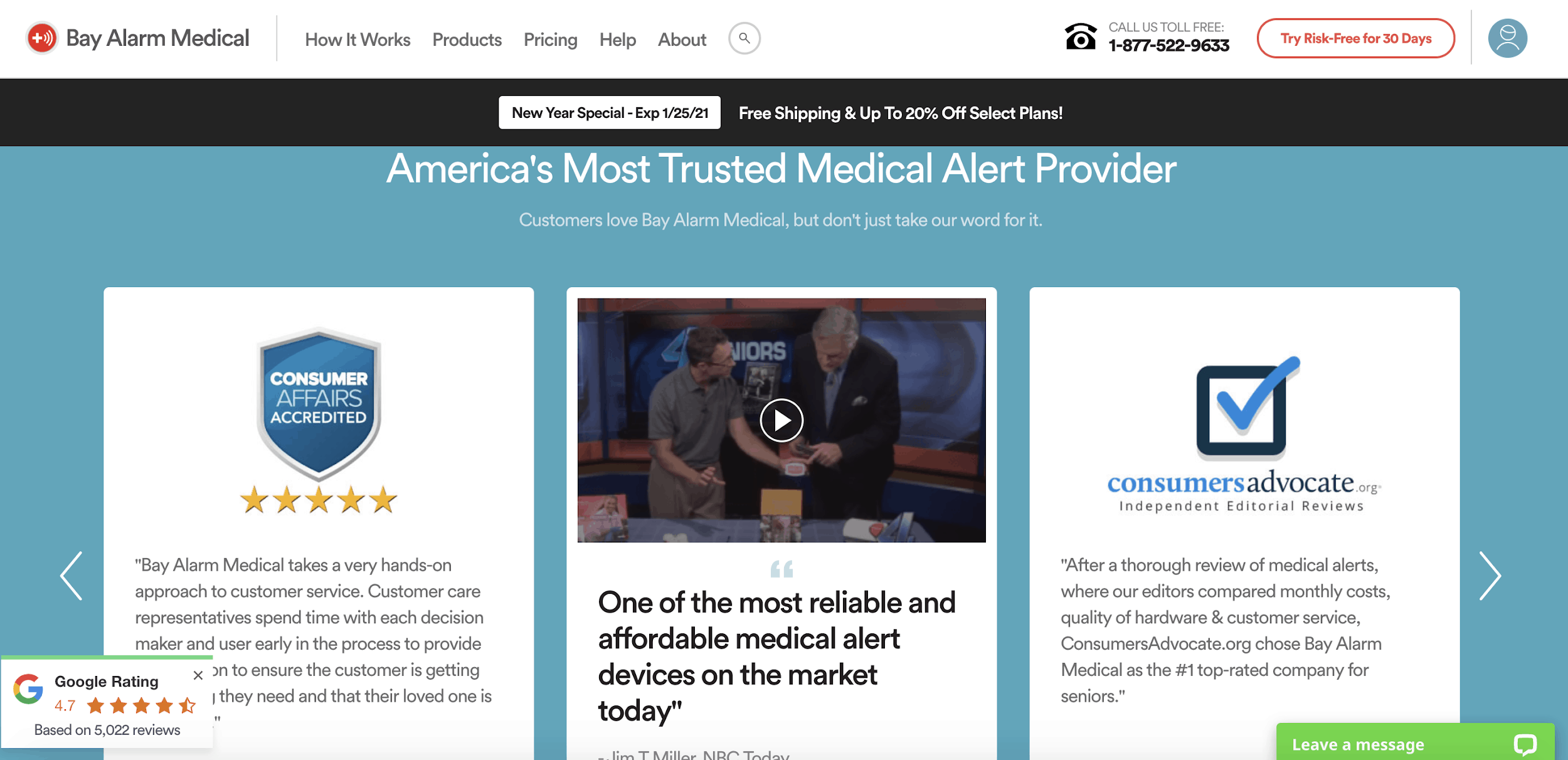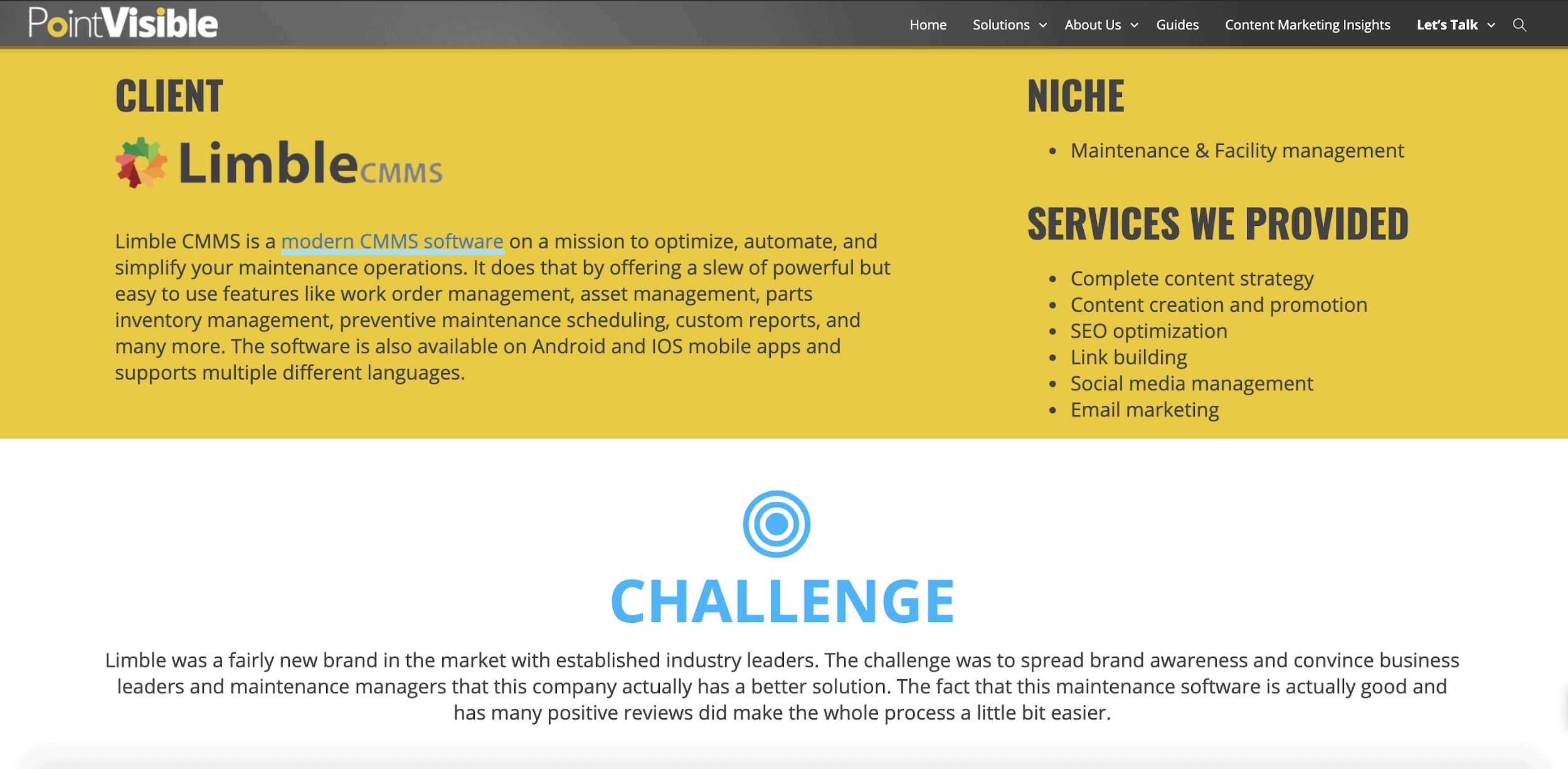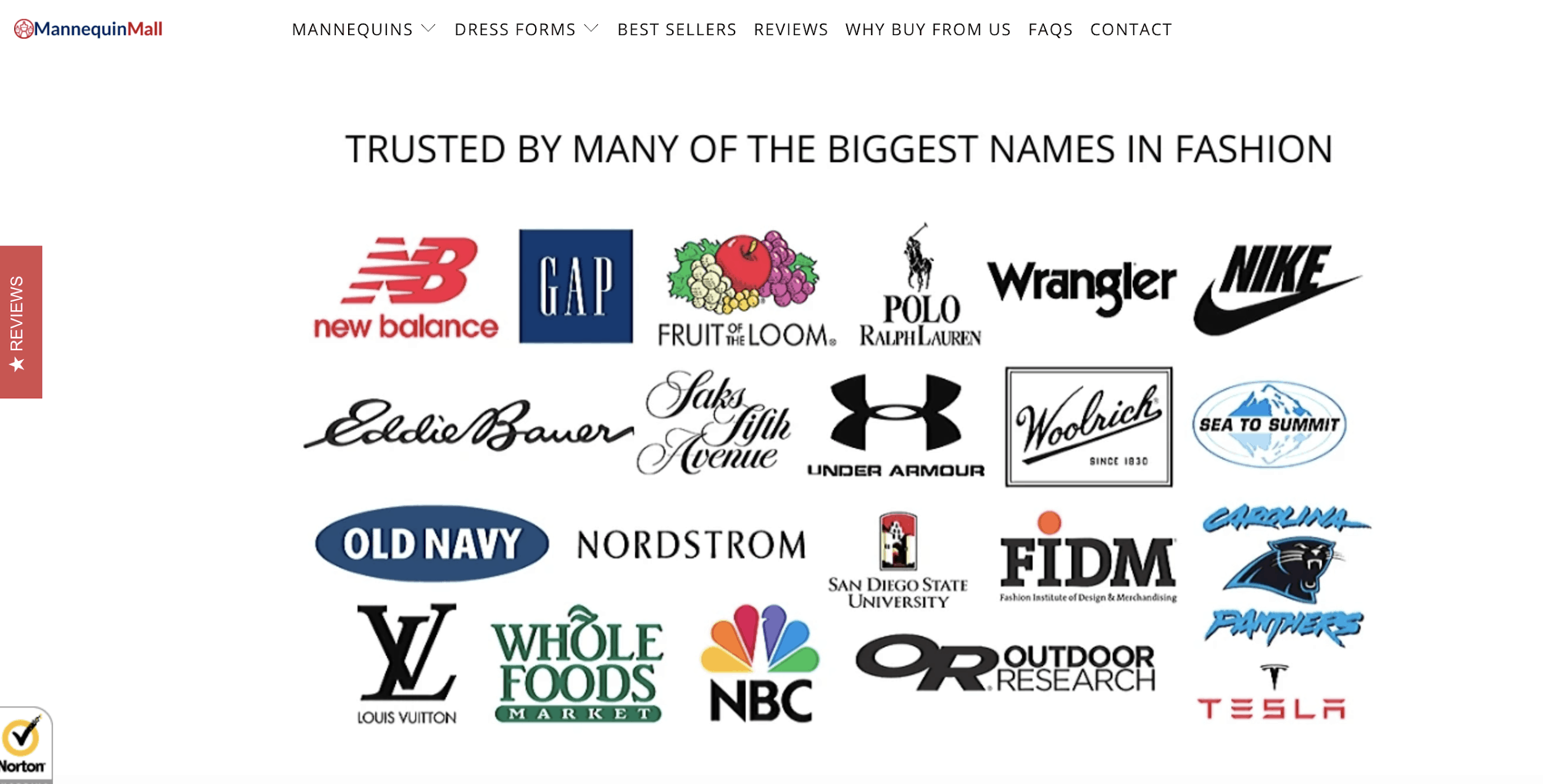Among all the metrics you choose to track, the one that stands out the most is the conversion rate.
All other metrics simply lead into conversion, introduce it, and allow visitors to walk down a neatly shaped and carefully planned funnel until they reach it.
Traffic and time on page, bounce rate and traffic sources, and all the user data in the world merely serve to improve your conversion rate. Because, at the end of the day, if conversions are your bread and butter, no amount of traffic will be a worthwhile return on investment if you fail to convert your visitors.
This being the case, marketers have come up with hundreds of practices that can help you improve your conversion rates.
The one we will be exploring in this post is social proof and its link to conversion rate optimization. Let’s dive right in.
What Is Social Proof?
In psychological and sociological terms, social proof is defined as people copying the actions of other people, believing that these are the right actions. It is following the actions of the masses in an attempt to fit in a desired group.
In marketing terms, social proof sounds much less sinister – it’s providing people (i.e., website visitors) with a reason to convert, in other words, to do what so many others have already done and put their trust in your brand.
It’s a way of proving you are trustworthy. Seeing as others have worked with you before (and have had a positive experience), your new visitors should feel confident enough to do the same.
The Importance of Social Proof for Conversions
From what you now know about social proof, you can spot its importance easily. It gives you credibility; it lends you a layer of reliability; it tells people you are not a fraud.
It’s difficult to make a name for yourself on the internet, especially when you’re just starting out. The longer your website exists, the easier it is to market it. Even the mere fact that you’ve been present for a certain period used to be a ranking factor (or so we believe).
So, in order to prove your sole purpose is not to grab someone’s money and make a run for it, you need to send out all sorts of signals. Social proof is one of the more important ones.
You may now be thinking how there are plenty of brands that are doing well but that aren’t optimizing for social proof. And you may be right. However, chances are they do have plenty of social proof strewn across their website, but visitors may not see it as such.
Essential Types of Social Proof
There are different ways to classify social proof. For the purpose of this article, we’re going to stick to the one that takes the source of the proof’s provider into account.
In that case, we can identify six major sources of social proof:
- Customers – This is what most people think of as social proof. It’s when you refer to your past (or present) clients or customers to testify to your reliability and trustworthiness. It can take the form of testimonials, reviews, case studies, and so on.
- Experts in the field – You can have a certified expert in your industry or niche providing social proof. This will most often be someone who is aligned with your values and principles and who will appeal to your target audience as well. They will also usually have some sort of official standing (for example, hold a Ph.D.).
- Celebrities – This group can also overlap with the above group. Namely, an expert can also be a celebrity or an influencer. For example, if a famous athlete endorses your workout wear brand, they can be considered both an expert and a celebrity. Social media influencer power is very important to note when considering this group.
- Crowds – Showing the sheer number of people who have provided social proof can be highly impactful. For example, you’ll show that 100.000 people have downloaded your ebook or that you have a million followers on Instagram.
- Friends and family – This refers to the friends of your visitors, not your own. Think of the way social media platforms show you how many of your connections are already following the account you’re looking at.
- Certifications – Showcase credible, impartial, third-party organizations that certify you are something. For example, PETA can certify that you are a cruelty-free brand, and this is a certification a visitor might be looking for when choosing who to buy from.
How to Build Social Proof
Now, let’s go over some key ways you can amp up your social proof, reap all of its intrinsic benefits, and boost your conversions.
Bear in mind that you may not be able to (nor should you) use all of these examples. Select the ones that make the most sense for your brand and that would appeal to your target audience.
1. Reviews
Reviews are among the most popular types of social proof, and they are incredibly straightforward. Essentially, a review is a client or customer telling you (and the rest of the world) what they think about your service or product.
As for how best to use reviews, you can go either of two ways:
- Have a dedicated page that showcases all of your reviews in one place. Somnifix has gone down this route, and they have a neat page that details what their customers think about their innovative solution.
- Add some of these reviews to your homepage. This will help you make a strong impression right off the bat.
 image source: somnifix.com
image source: somnifix.com
Some key points to bear in mind:
- Make sure your reviews are not just 5-star ones.
- Ask your customers for reviews via email. Otherwise, they will not be as likely to leave one.
- Don’t ever buy fake reviews.
2. Testimonials
Testimonials are similar to reviews, but as the name suggests, they’re a testimony to the quality of your work, rather than just a review of a particular product (or service). They provide a more general overview of your entire company, and they’re written in a customer’s own words.
They work because they are essentially marketing copy written by a client, which makes them more likely to be trusted. After all, when would you ever say something bad about your own services?
Bay Alarm Medical has an interesting “don’t just take our word for it” take on testimonials. You can do the same, i.e., don’t just call the section “testimonials.”
 image source: bayalarmmedical.com
image source: bayalarmmedical.com
Try to choose the ones that would most appeal to your audience. Maybe they work in the same industry, maybe they have the same common problem, or maybe they hold the same position in their respective companies.
3. Case Studies
Case studies will require you to invest a bit more time and effort, and they are certainly not necessary in every industry.
Ideally, you want to do a case study where it makes the most sense, detailing a successful campaign or collaboration that is likely to provide more conversions from the kinds of clients you are looking to target.
For instance, if you are looking to attract more accountants for your SEO business, writing a case study about an accounting website is your goal.
Here is an example from Point Visible, which has several case studies that will appeal to future clients. All of them are a complete package: visually very appealing, expertly written but not too long, easy to understand, and showing visible results. Now, that’s a great conversion booster.
 image source: pointvisible.com
image source: pointvisible.com
4. Celebrity Endorsements
How about spending some serious dollars and getting a celebrity to endorse your brand? This person can even be William Shatner.
On the other hand, if you’d rather not spend your entire marketing budget on a single endorsement, you can ask industry experts to lend you a hand and test out your product. This can especially work well in the SaaS industry.
You can work with a social media influencer – but more on that in point 5.
This is usually a social proof option reserved for those with a larger budget, so you may not even want to consider it if you don’t have money to burn, so to speak.
5. Influencer Marketing
Influencer marketing itself is not a social proof gathering strategy, but it enables you to showcase testimonials from some valuable influencers or industry experts. They can even just be someone your clients are similar to and whose recommendation they would trust.
If you are working with influencers, ask them for a bit of social proof. This can be any kind of user-generated content (from images to reviews) that you can then utilize on your website to inspire new conversions.
6. Logos
Adding the logos of the brands you had the pleasure of working with is a great social proof signal. That’s especially if these brands are large household names, in which case they can also be counted as celebrity endorsement.
You can craft an entire page dedicated to your clients, and you can also showcase a small selection of them on your homepage. Mannequin Mall does precisely this, and they display some very well-known logos on their homepage.
 image source: mannequinmall.com
image source: mannequinmall.com
Don’t worry about the fact that your clients are small and perhaps not as well-known. What matters is that you signal trust and reference some of your past work. The scale of the job and the celebrity of the name are not as important.
7. Media Mentions
If you’ve gained some amazing press coverage, you might want to reference that as well.
A media mention is somewhere between a testimonial and a celebrity endorsement. Either way, displaying some of the more prominent press clippings and positive reviews you’ve received will certainly go a long way in inspiring more conversions.
Compare it to the book reviews you find on book jackets. They tell you why you should be reading the book in your hand, and you usually trust their views.
Markhor has a nifty section on their homepage, highlighting their more glorious media mentions. Displaying your press this way is unobtrusive yet prominent enough to get noticed and nudge a few leads down the funnel.
8. Certifications or Badges
Knowing that you use a piece of technology (like a checkout option or an SSL certificate) or that you’ve been vetted and approved by a trustworthy company can inspire unprecedented levels of trust.
This is part of the reason why ecommerce stores display the Visa, Mastercard, Paypal, and other payment option logos on every page. It’s how they let visitors know they’ve gone through a process of verification.
For instance, Pagely showcases the fact that they are an AWS partner. You can do the same with your Google certificate or any other badge that will let your leads know that they can trust to leave their data in your hand. And of course, that you are an expert in what you do.
9. Integrations
Finally, in the world of SaaS, showcasing your integrations can be an amazing conversion booster.
First, they tell potential customers that you can make their lives even easier by syncing up and cooperating with the tools they already know, use, and trust. But on top of that, it also helps to see that but that you’ve established a relationship with these brands.
This is an amazing trust signal, and it’s a great way to give even your smaller software solution an extra layer of credibility.
Baremetrics displays their integrations high up on the page. That’s perfect for catching the attention of users early on and establishing that all-important reliability element. You can do a whole separate page on integrations, but your homepage should certainly feature at least an abbreviated list of them.
 image source: baremetrics.com
image source: baremetrics.com
Final Thoughts on Social Proof
Now that you’ve seen plenty of social proof examples, you can consider which ones you may want to display on your own website (or client websites).
Remember that the basic rule of social proof is (or at least should be): go for the truth and nothing but the truth. People tend to be able to spot fake reviews, and they usually don’t trust reviews and testimonials that seem to be too good to be true.
As long as you keep it real and match your audiences’ interests with your social proof copy, source, and format, you’ll have a winning conversion process on your hands.
Among all the metrics you choose to track, the one that stands out the most is the conversion rate.
All other metrics simply lead into conversion, introduce it, and allow visitors to walk down a neatly shaped and carefully planned funnel until they reach it.
Traffic and time on page, bounce rate and traffic sources, and all the user data in the world merely serve to improve your conversion rate. Because, at the end of the day, if conversions are your bread and butter, no amount of traffic will be a worthwhile return on investment if you fail to convert your visitors.
This being the case, marketers have come up with hundreds of practices that can help you improve your conversion rates.
The one we will be exploring in this post is social proof and its link to conversion rate optimization. Let’s dive right in.


